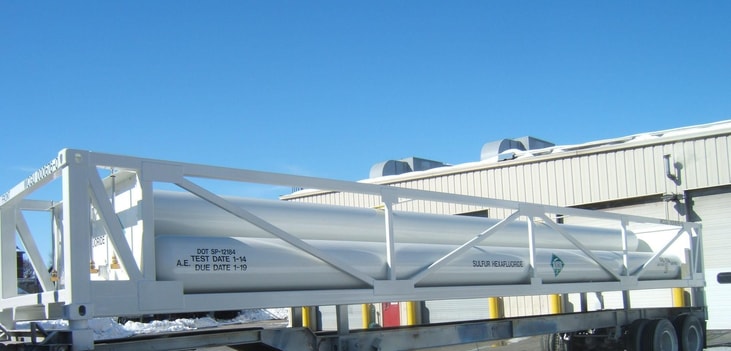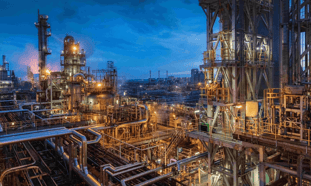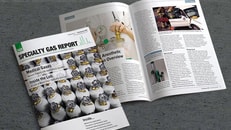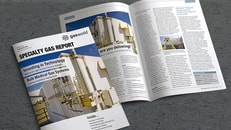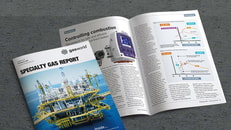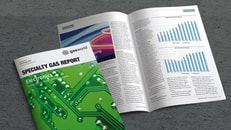Spotlight on SF6
Sulfur hexafluoride, known more commonly as SF6, is a colorless, odorless, non-toxic, liquefied gas. It is one of the most stable gaseous chemicals, and its octahedral structure consists of one sulfur atom surrounded by six fluorine atoms. SF6 is formed as a result of a chemical reaction between fluorine and molten sulfur; fluorine is obtained by the electrolysis of hydrofluoric acid.
The gas is a superb electrical insulator due to its electronegativity, and is widely used in the utility industry as a gaseous dielectric for insulating switchgear systems, substations, transformers, and circuit breakers of high and medium voltage.
Improved performance, significant cost savings, excellent operational safety, and a more compact design make SF6 insulated equipment a valuable resource for the utility industry today.
In electrical equipment, switchgear is incorporated into a system to ensure that the power is shut off in the case of an electrical fault. If this should occur, an electric arc will strike between the circuit breaker contacts; these circuit breaker contacts can be filled with SF6 and the gas’ effective quenching capabilities mean that the arcing is controlled.
... to continue reading you must be subscribed

